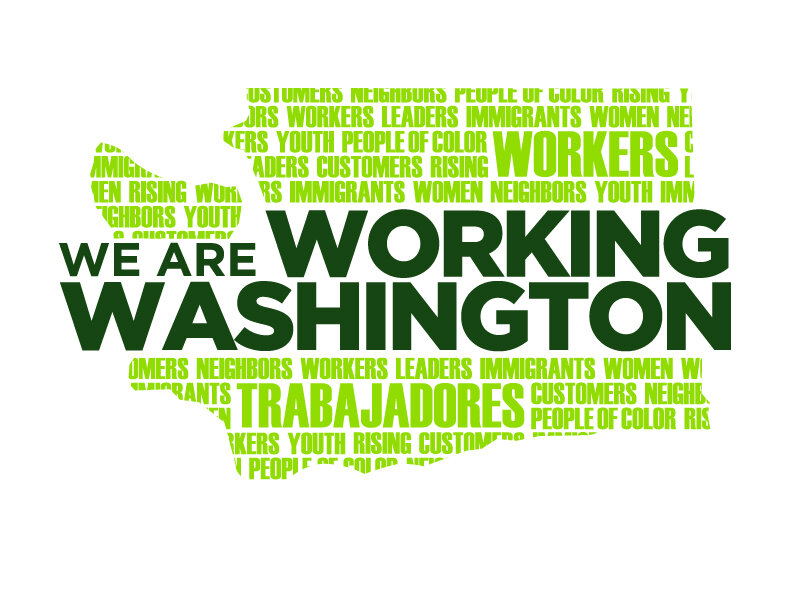Locked Out of the Uber Economy
For both customers and drivers, the convenience of the app technology is part of the appeal of ride services like Uber, Lyft, and Sidecar. It's slick and convenient to hail a ride and pay for it with the tap of a button. But what about when something goes wrong?
The rating system that app-based ride companies like Uber and Lyft use can be a useful tool. But it turns out the companies' total control over drivers' access to work and passengers' access to rides is an awful lot of power.
Imagine trying to get a ride and having no driver accept your request. That can happen—maybe you've been rated poorly as a passenger on the Uber system, and could now face longer wait times or no service at all. They're not obligated to pick you up. Or imagine trying to log on the the app you use for work and finding yourself locked out, and unable to make a living. That can happen, too, for all sorts of reasons—a customer comment, a rating drop, being in an accident, not agreeing to new terms of service. It's frustrating and confusing for passengers and drivers alike.
And these companies aren't exactly known for their accessibility and openness—when Uber's driver-side system recently crashed in Seattle, dozens of drivers showed up at the downtown Uber office only to be met with a locked gate and no answers.
Here's what some drivers had to say about being jerked around by these companies:
Right now, we don't have rights. We're not employees. They have all the rights. They have the license, they send me the customers, they can decide to suspend me at any time. My license belongs to Uber. I get that license from Uber, not the city. They will take it back. It's not yours. I want to have rights in this business. It's not good that I'm your partner today, and then you suspend me, and then put me back again. I want to be secure. Riders have rights, I have rights, too. I'm a driver.
When I open the app and sign in, they'll send something to the phone—if you agree, click yes, if not, click no. If you say no, it closes, it's not going to activate, and you can't work anymore. You have to click yes to everything. Sometimes you don't really know what it says. But everything on there, you say yes. If you say no, you can't work. It logs you out. So whatever they put on there, just click yes—yes, sir! No matter what. —Peter, Seattle Uber driver
Having a rating hanging over your head is like driving handcuffed. Us drivers, if we fall below a 4.6 rating we can be deactivated and removed from the system. So basically, you lose your job and you can't drive anymore. Some of these guys through Uber have purchased their own vehicles through special financing. Now, if they purchased a vehicle and they've driven for 2 years, and that vehicle starts to get some milage on it and it's depreciating, who's to say Uber won't be able to remove their ability to have more customers? —Cris, Seattle Uber & Lyft driver





